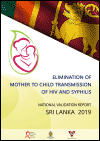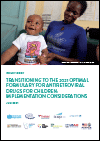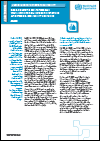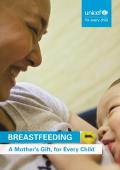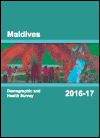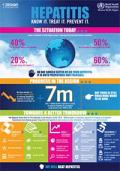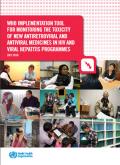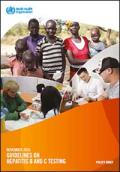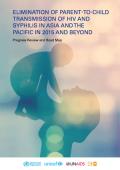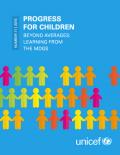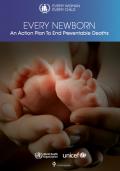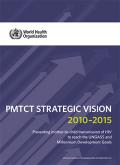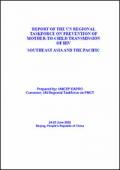Elimination of Mother-to-Child Transmission HIV, Hepatitis B and Syphilis in Asia and the Pacific
Substantial gains in maternal and child health were made globally between 1990 and 2015 as a result of policies, system-wide reforms and programme-specific initiatives put in place to achieve the Millennium Developments Goals (MDGs). Fresh momentum has followed from the adoption of the Sustainable Development Goals (SDGs) in 2015. SDGs includes ambitious targets set to end preventable maternal and child deaths and achieve universal access to reproductive, maternal, newborn and child health (RMNCH) services within the framework of universal health coverage (UHC). Elimination of mother-to-child transmission (EMTCT) of HIV, hepatitis B and syphilis (triple elimination/triple EMTCT) forms part of this vision, with the aim of giving every child the best chance to start a healthy life, free from preventable communicable diseases.
The Regional Framework for the Triple Elimination of Mother-to-Child Transmission of HIV, Hepatitis B and Syphilis in Asia and the Pacific 2018-2030 upholds the vision that every infant should be free of HIV, hepatitis B and syphilis. The framework presents an integrated and coordinated approach towards the goal of achieving and sustaining triple EMTCT, emphasizing the principle of people-centred care and a human-rights-based approach for all women, children and their families, by promoting collaboration among programmes addressing RMNCH, HIV, hepatitis, sexually transmitted infections and immunization.
Triple EMTCT interventions accessed through RMNCH services include: preventing unintended pregnancy; early antenatal care to allow effective case detection during pregnancy; rapid diagnosis; timely and appropriate treatment in pregnancy as well as during and after childbirth; and partner testing and treatment. Closing gaps, avoiding duplication and identifying missed opportunities will improve the quality and efficiency of service delivery and result in better outcomes.



















